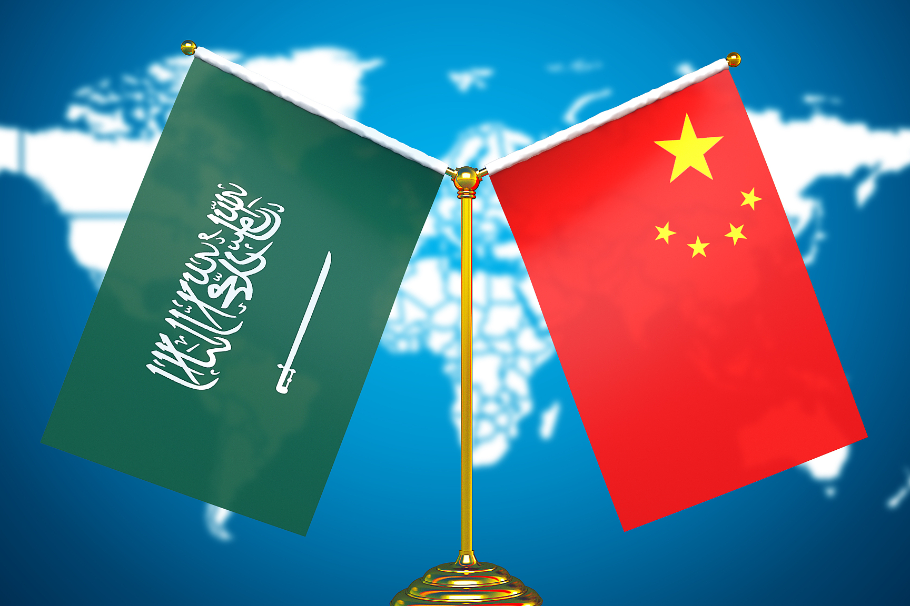China and Saudi Arabia have embarked on landmark projects to strengthen renewable energy infrastructure and technology, benefiting both nations significantly, analysts report.
Groundbreaking Energy Storage Project
Sungrow Power Supply, a Chinese photovoltaic inverter manufacturer, has partnered with Saudi Arabia’s Algihaz Holding for a 7.8 gigawatt-hour energy storage project. This will be the largest energy storage project globally. Set to begin in 2024 and achieve full grid-connection by 2025, this project will enhance the stability and reliability of Saudi Arabia’s power grid.
Major Investments in Solar Technology
JinkoSolar, the world’s largest solar panel producer by shipments, is building the largest overseas manufacturing plant for N-type solar cells and modules in partnership with Saudi Arabia’s Public Investment Fund. With a $1 billion investment, this facility will have an annual production capacity of 10 gigawatts, making it the largest manufacturing base for Chinese photovoltaic products abroad.
Additionally, TCL Zhonghuan Renewable Energy Technology Co. has announced a joint venture with Saudi Arabia’s Public Investment Fund to build a factory producing 20 GW of photovoltaic crystal wafers. This $2.08 billion investment will solidify renewable energy collaboration between China and Saudi Arabia.
Strategic Alliance and Future Prospects
Analysts view these projects as a win-win cooperation between China and Saudi Arabia, highlighting a strategic alliance aimed at mutual benefits and sustainable development. These initiatives leverage both countries’ strengths and resources, setting a model for international cooperation in combating climate change.
Nicholas Lua, an analyst at Rystad Energy, stated that these large-scale projects will boost domestic solar manufacturing in Saudi Arabia. This enables the country to capitalize on the Middle East’s exceptional solar energy potential of over 2,000 kilowatt-hours per square meter annually in solar irradiation. This expansion also strengthens Chinese solar companies’ global presence.
Luo Zuoxian, from the Sinopec Economics and Development Research Institute, emphasized that these projects will diversify Saudi Arabia’s energy sources and enhance grid stability, thanks to advanced Chinese technology and expertise. Furthermore, these ventures provide an opportunity to expand China’s renewable energy footprint globally.
Li Xiande, chairman of JinkoSolar, described the partnership with Saudi Arabia as a significant milestone in the company’s globalization strategy. This move will optimize JinkoSolar’s global manufacturing and marketing infrastructure, enhancing its global competitiveness.
Vice-President Qian Jing of JinkoSolar noted that the new factory in Saudi Arabia will be the company’s fourth plant abroad. Countries in the Middle East offer good credit, sufficient financing resources, stable conditions, an ambitious market, and policy support.
Conclusion
The deepening renewable energy cooperation between China and Saudi Arabia exemplifies a strategic alliance aimed at sustainable development. By leveraging their respective strengths and resources, the two nations are poised to achieve significant advancements in renewable energy, setting a benchmark for international cooperation in the fight against climate change.
Source:chinadaily.com.cn





